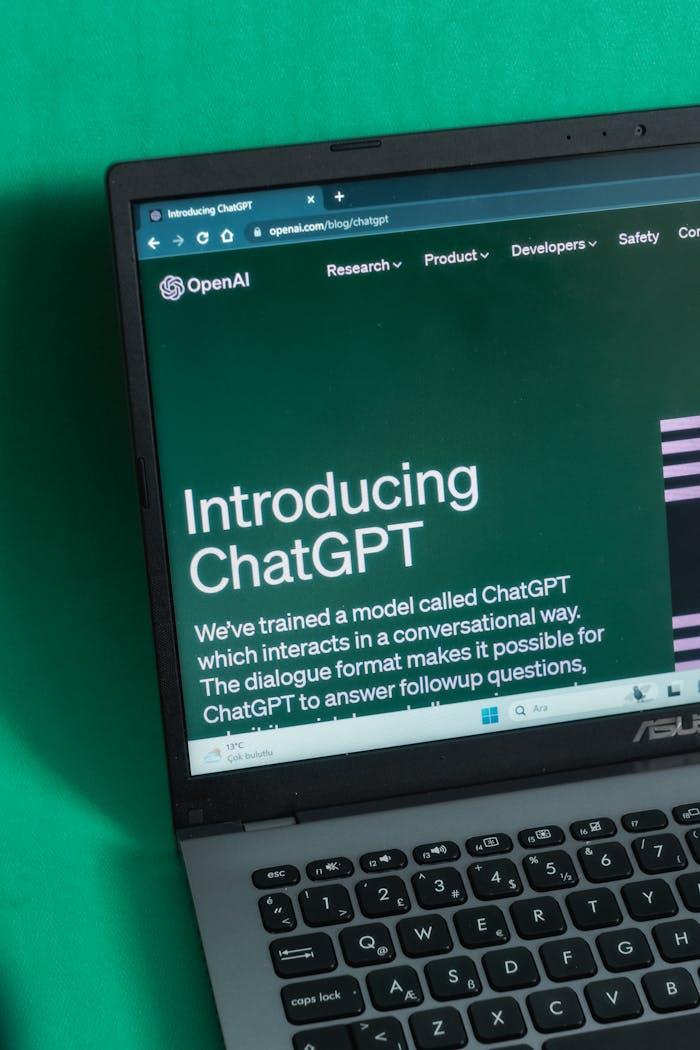In recent years, artificial intelligence (AI) has made tremendous strides, transforming how we interact with technology. Among the most exciting advancements is ChatGPT, an AI language model developed by OpenAI that can engage in human-like conversations. Whether you’re curious about AI or looking to integrate intelligent chatbots into your projects, understanding ChatGPT is essential.
What is ChatGPT?
ChatGPT is a state-of-the-art language model based on the GPT (Generative Pre-trained Transformer) architecture. It has been trained on vast amounts of text data, enabling it to understand and generate natural language responses. Unlike traditional chatbots that rely on scripted replies, ChatGPT can produce context-aware, coherent, and relevant answers, making interactions feel more natural and engaging.

How Does ChatGPT Work?
At its core, ChatGPT uses deep learning techniques to predict the next word in a sentence, given the previous words. This capability allows it to generate text that flows logically. The model has been fine-tuned through supervised learning and reinforcement learning from human feedback, enhancing its ability to follow instructions and maintain conversations on a wide range of topics.
Applications of ChatGPT
ChatGPT’s versatility makes it suitable for various applications, including:
- Customer Support: Automating responses to common queries, reducing wait times, and providing 24/7 assistance.
- Content Creation: Assisting writers by generating ideas, drafting articles, or even composing poetry.
- Education: Offering explanations, tutoring, and answering questions to support learning.
- Programming Help: Debugging code snippets or providing coding suggestions.
- Personal Assistants: Managing schedules, setting reminders, or engaging in casual conversation.
Benefits of Using ChatGPT
- Efficiency: Quickly generates responses, saving time for both users and businesses.
- Scalability: Handles multiple conversations simultaneously without fatigue.
- Accessibility: Provides support and information anytime, anywhere.
- Customization: Can be fine-tuned or integrated into applications to suit specific needs.
Challenges and Considerations
While ChatGPT is powerful, it’s important to be aware of its limitations:
- Accuracy: It may occasionally produce incorrect or nonsensical answers.
- Bias: The model can reflect biases present in its training data.
- Ethical Use: Ensuring the AI is used responsibly to avoid misinformation or harmful interactions.
Getting Started with ChatGPT
OpenAI offers easy access to ChatGPT through APIs and user-friendly interfaces. Developers can integrate it into websites, apps, or services, while individuals can explore its capabilities via platforms like ChatGPT’s own web app.
Conclusion
ChatGPT represents a significant leap forward in conversational AI, opening new possibilities for how humans and machines communicate. By understanding its capabilities and limitations, users and businesses can harness this technology to enhance productivity, creativity, and customer engagement. As AI continues to evolve, ChatGPT is poised to play a vital role in shaping the future of digital interaction.
